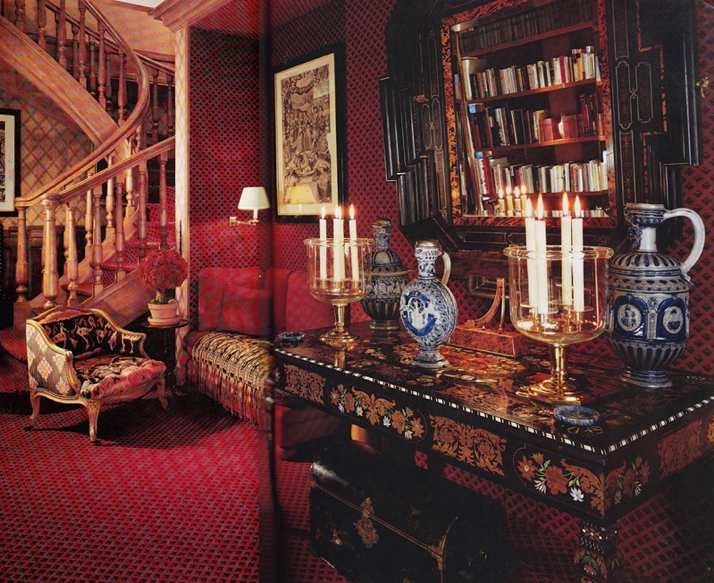- On sale!
Small Indo-Portuguese table cabinet
A small Indo-Portuguese table cabinet on bun feet made out of rosewood and ivory inlayed, 17th century, around 1600-1650, Gujarat or Sindh, India.
Dimensions: 20x25,5x18 cm.
Reference: 10016
A Japanese lacquer coffer for the Dutch market in pictorial style with exotic patterns, 17th century, around 1650-1680, Kyoto, Japan.
Dimensions: 22,5x45x26 cm.
 Secure payment
Secure payment
100% secure payment
 Worldwide shipping
Worldwide shipping
Fast delivery
 Free shipping in EU
Free shipping in EU
On all orders
 Professional packaging
Professional packaging
Professional order packaging
This early Edo period (1603-1867) Japanese coffer is probably manufactured for export to Batavia (Jakarta) or Holland. The coffer is overall decorated in ‘maki-e’ (蒔絵, literally: sprinkled picture) technique with gold powder. Just like the lock plate, the corners have gilded copper protections, pierced with a pearl shaped pattern and floral motifs. On the front we can see two geese on the side of a pond. The left side of the front has a beautiful decoration with an oak tree carrying large leaves and acorns in it. The left side of the coffer is decorated with normal flowering grasses. On the right side of the coffer there is something unusual; this side is decorated with palm trees which is (according to us) never been seen before. On the lid there is a large rooster displayed with relief (called ‘taka’ 研出), and finished with copper red powder. The lid is attached to a strap on the inside preventing the top to collapse. The inside is done with gold sprinkles (called ‘nashiji’ 梨子地).
Condition: Losses and wear to the lacquer, somewhere repatched and retouched. One round brace/knob of one handle is replaced. Please note that Japanese export lacquer is very fragile and every piece in very good condition in museums or private collections has been professionally restored.
Reference: A comparable larger example was in the possession Marie-Hélène de Rothschild, located in the library of Chalet de Ferrières from baron and baroness de Rothschild.


A comparable example right below
Source: theartoftheroom.com